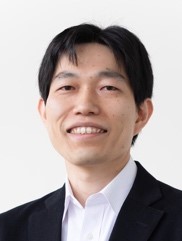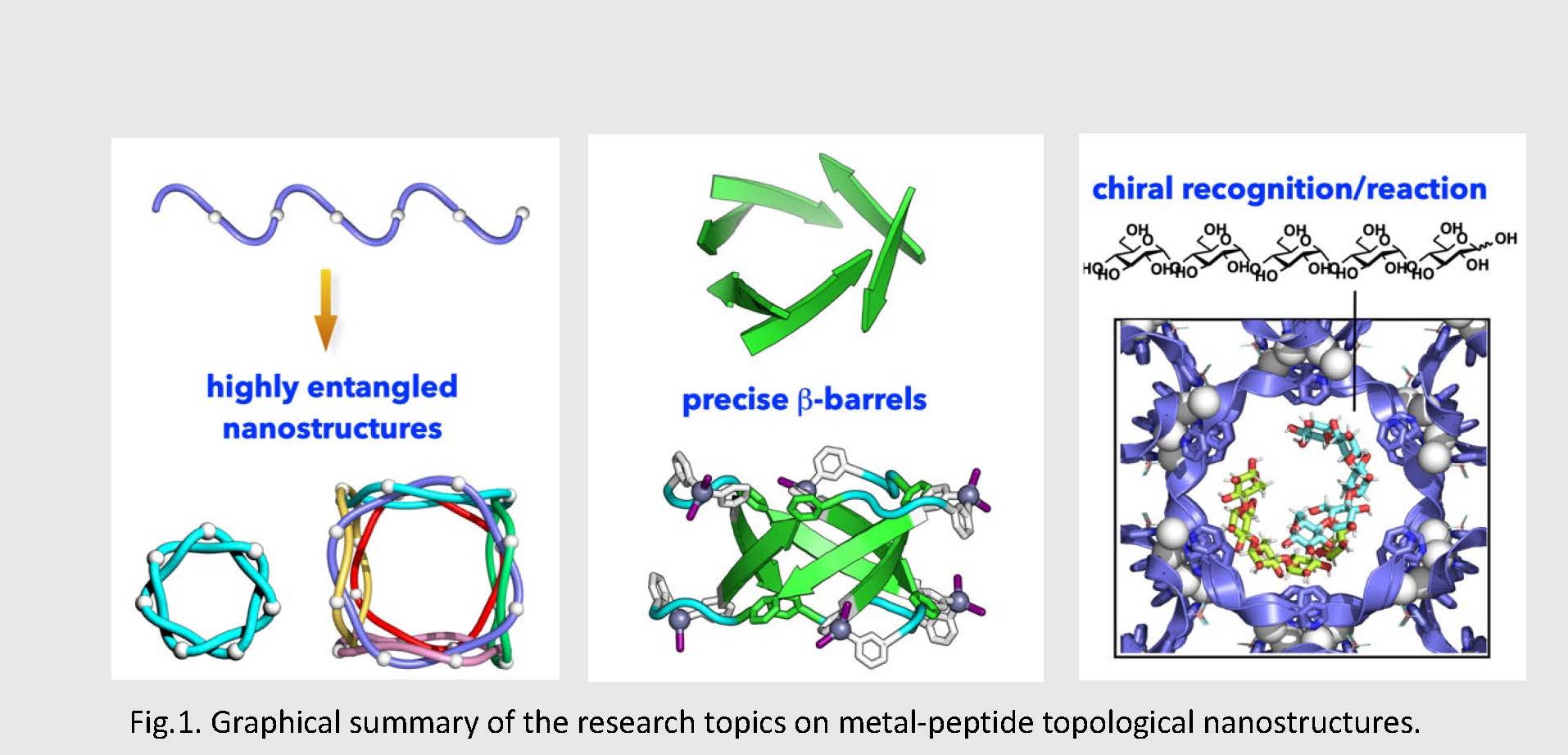CLS
Laboratory for Chemistry and Life Science, Institute of Innovative Research, Tokyo Institute of Technology
東京工業大学
科学技術創成研究院
化学生命科学研究所

LAST UPDATE 2022/09/27
-
研究者氏名
Researcher Name澤田知久 Tomohisa SAWADA
准教授 Associate Professor -
所属
Professional Affiliation東京工業大学科学技術創成研究院化学生命科学研究所
分子創成化学領域
Laboratory for Chemistry and Life Science, Institute of Innovative Research, Tokyo Institute of Technology
Molecular synthesis -
研究キーワード
Research Keywords自己組織化
分子トポロジー
ナノ空間
Self-assembly
Molecular topology
Nano space
- 研究テーマ
Research Subject -
金属とペプチド鎖がつくるトポロジカルナノ構造の探索と機能化
Exploration and functionalization of metal–peptide topological nanostructures
研究の背景 Background
生体内のタンパク質は、ポリペプチド鎖のフォールディングと自己集合によって高次ナノ構造を構築し、分子認識や酵素反応などの高度な機能を発現している。そのメカニズムを参考にして、私たちの研究グループは金属イオンによって連結された短いペプチド鎖を用いる合成法を着想し、タンパク質様構造の効率合成を進めている。
In nature, proteins construct higher-order nanostructures through folding and assembly of polypeptides and thus express advanced functions such as molecular recognition and enzymatic reactions. Inspired by such a mechanism, we conceived a synthetic method using metal-linked peptide fragments and have developed the facile construction of protein-like nanostructures.
研究の目標 Outcome
金属イオンと短いペプチドのフォールディングと自己集合を実施することで、①高度に絡まったトポロジー構造の構築、②βストランドの精密集積、③キラルな分子認識・反応場の創出、といった研究トピックスを現在開拓している。これらの特徴を活かした機能開拓を目指している。
By demonstrating folding and assembly of metal ions and short peptides, we have explored research topics of (1) construction of highly entangled topological nanostructures, (2) precise accumulation of β-strands, and (3) creation of nanocavities for chiral recognition/reactions. We will pursuit new functions based on such structural features.
研究図Research Figure

文献 / Publications
[1] Chem 2020, 6, 1861 (review). [2] Bull. Chem. Soc. Jpn. 2021, 94, 2342 (review). [3] Nat. Commun. 2019, 10, 921.
[4] Nat. Commun. 2019, 10, 5687. [5] Chem 2020, 6, 294. [6] J. Am. Chem. Soc. 2018, 140, 8644.
[7] Angew. Chem. Int. Ed. 2020, 59, 20367.
研究者HP
- sawada.t.ak
 m.titech.ac.jp
m.titech.ac.jp - http://www.res.titech.ac.jp/~smart/nspace.html